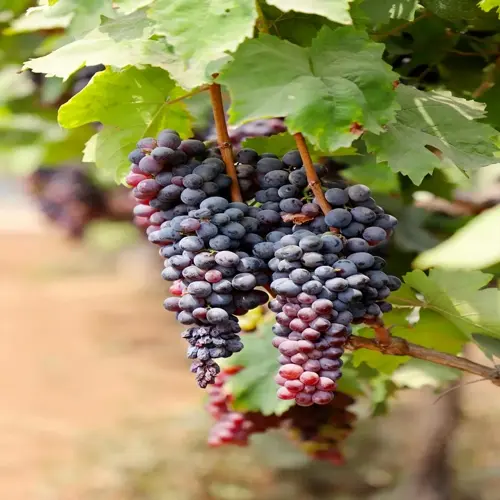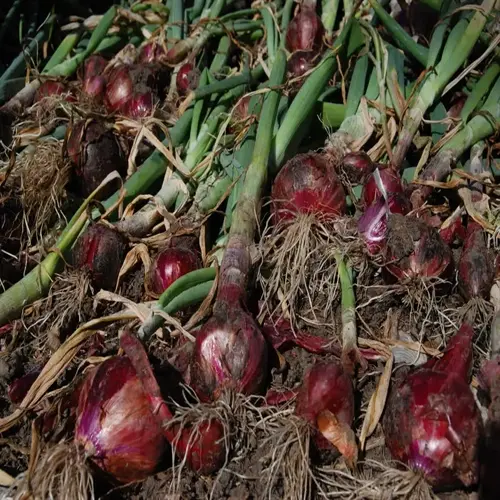What's the best way to handle pears during harvest?

Written by
Julia Anderson
Reviewed by
Prof. Martin Thorne, Ph.D.Gentle pear handling during harvest is very important for shelf life and quality. I learned this the hard way when I lost 20% of my first-ever crop to bruising. European varieties bruise more easily than Asian pears, as they have thinner skins. A gentle technique helps preserve the awesome texture we all love.
Container Selection
- Use shallow plastic bins with foam lining
- Limit stacking to two layers maximum
- Avoid wicker baskets causing pressure points
Fruit Handling Protocol
- Cradle pears in your palm like eggs
- Never lift by stems which detach easily
- Rotate gently if testing ripeness
Timing Considerations
- Harvest during 50-65°F morning hours
- Complete before temperatures exceed 70°F
- Move to shade within 30 minutes
Harvesting in the morning prevents fruits from getting hot. I usually start at daybreak when the pears are cool from the night temperatures. I still try to work before 10 am in the summer months. Immediate transfer to a shaded spot dramatically slows the rate of respiration. Maintaining the crispness and delaying the fruit's ripening.
Bruise prevention requires continual care. I instruct harvest crews how to work with pears like precious glass. Even the slightest amount of thumb pressure near the stem can cause internal browning. European varieties typically exhibit this damage within hours, while Asian varieties may take several days to show the same damage.
Post-harvest sorting immediately identifies damaged fruit. Within two hours of harvest, I inspect each pear in bright light. Fruits with bruises are processed immediately, while the pristine ones are stored. This simple action preserved my Bartlett crop from last season.
Read the full article: When to Harvest Pears: Complete Guide

